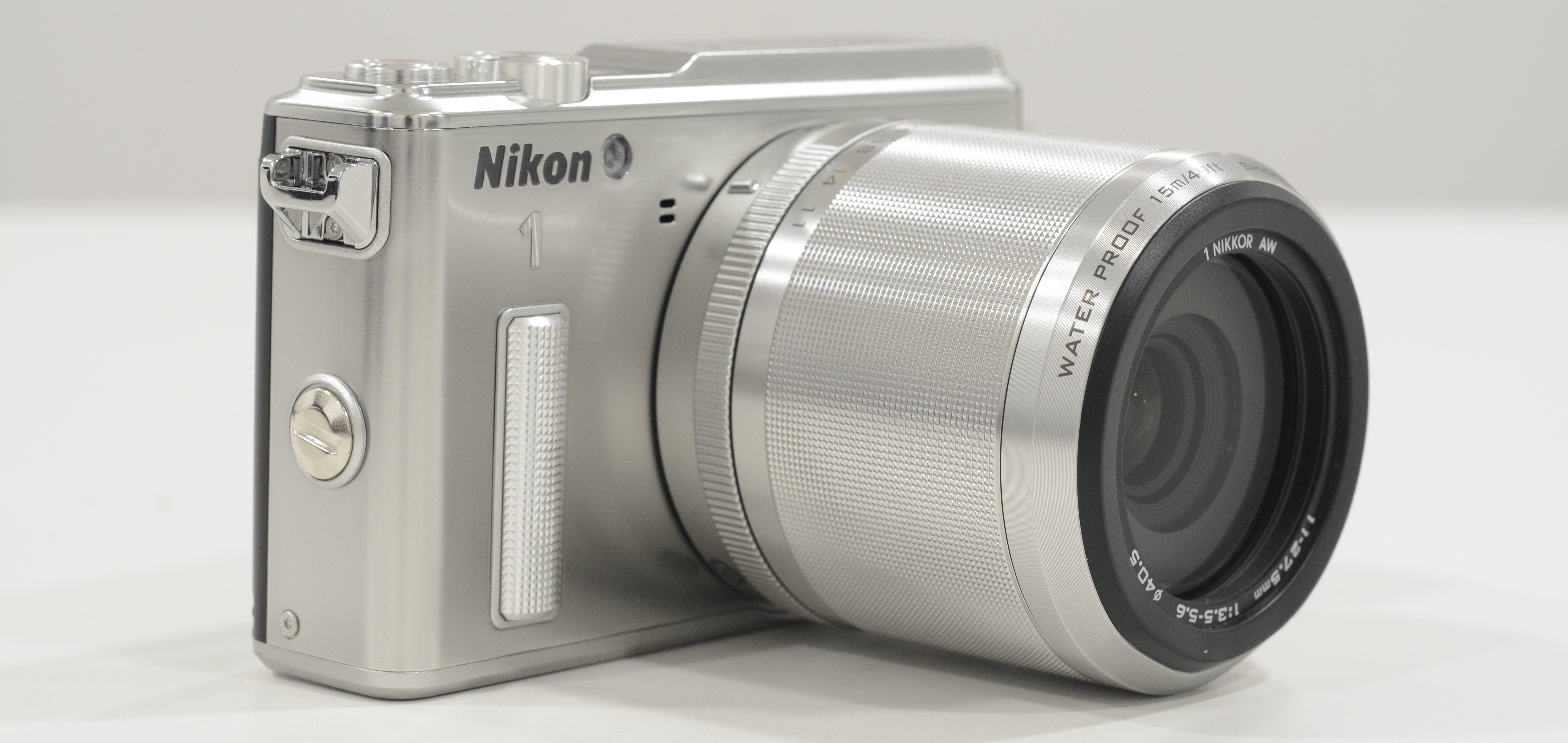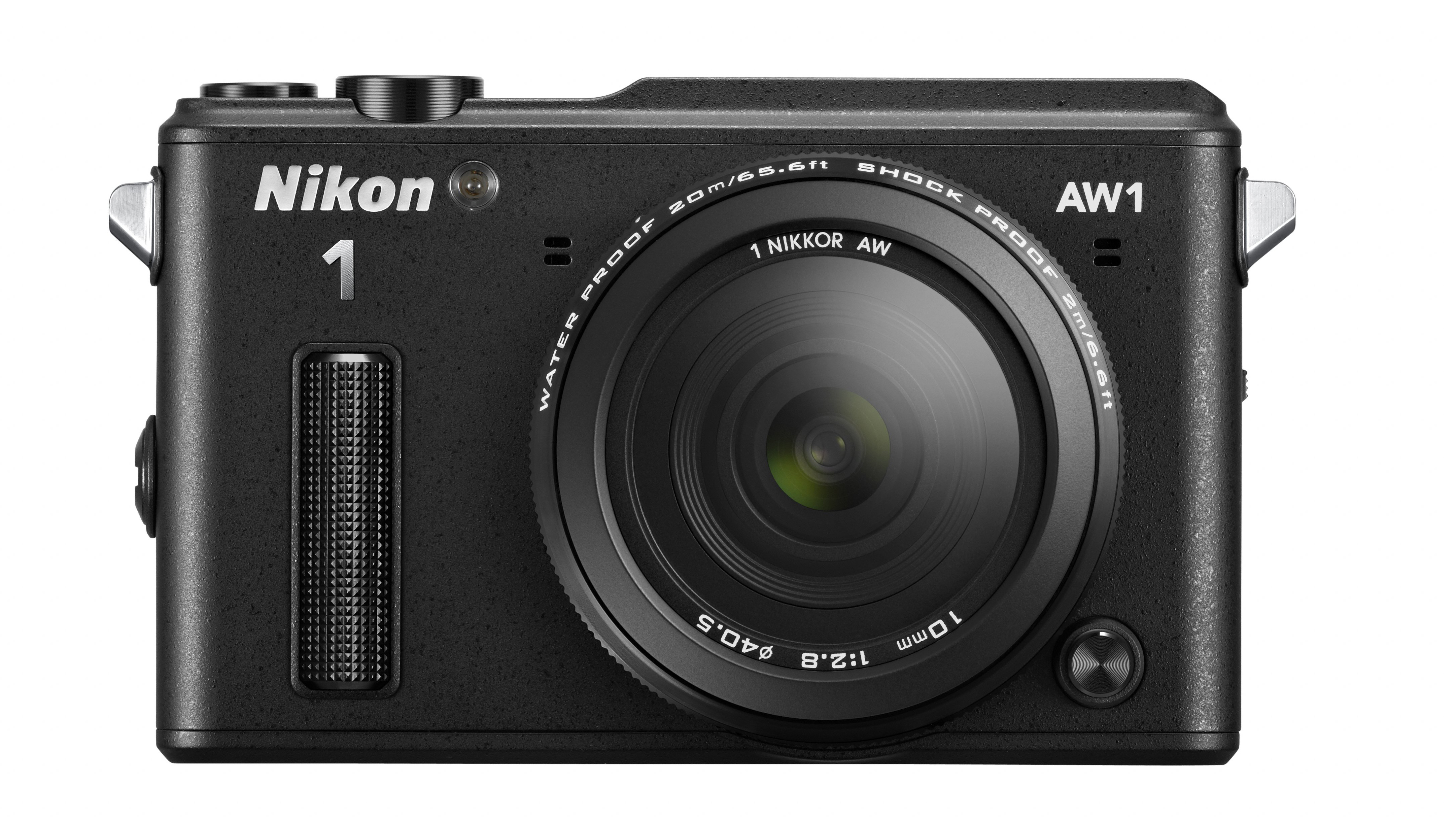Why you can trust TechRadar
Forget image quality and normal camera performance measures for a moment. The first thing that blows your mind when you encounter the AW1 is how an interchangeable lens camera can survive being dropped from head-height onto concrete. This certainly gets a few worried glances from onlookers, as does dunking the camera underwater without a bulky great housing around it.
Strangely, nobody on the digital camera team here was thrilled at the idea of diving in Britain's chilly coastal waters to test Nikon's 15m depth rating, but the AW1 sailed through more modest underwater excursions. It also survived plenty of gratuitous drops, though one did redesign the front edge of the lens casing with a small dent, whilst a couple of impacts caused the pop-up flash to eject itself.
When you've finished abusing it and are ready to shoot, the AW1 is up for action in around two seconds. The swift hybrid autofocus system maintains this nippy pace, locking on to well-lit subjects almost immediately. In lower light this slows fractionally, but is still impressively fast.

Exposure metering is another strong aspect of the AW1, accurately exposing in backlit and high-contrast scenarios, especially when the Backlighting mode is activated. In normal conditions Nikon's Active D-Lighting can increase dynamic range to varying degrees by holding back highlights and boosting shadow areas.
Image quality from the J3-derived sensor is decent enough, but the AW1's price hike over the J3 puts it up against rivals more accomplished in this area.
The camera's fortés are its accurate yet punchy colour reproduction and respectable JPEG dynamic range.
However, the relatively small CX-format sensor can't quite resolve the detail of larger, more pixel-packed designs and it also increases image noise levels across the sensitivity scale. Even at the base ISO160 setting some noise is visible in shadow areas of well-lit shots, though you do have to be an ardent pixel peeper to spot it.
By ISO800 there's more grain than you'd expect for a camera in this price bracket and, whilst both luminance and chroma noise are still under control at ISO3200, detail takes a noticeable turn for the worst. This would be less problematic if the AW1 had some form of image stabilisation, but without it ISO3200 is regularly required to keep handheld shots sharp without resorting to the flash.
